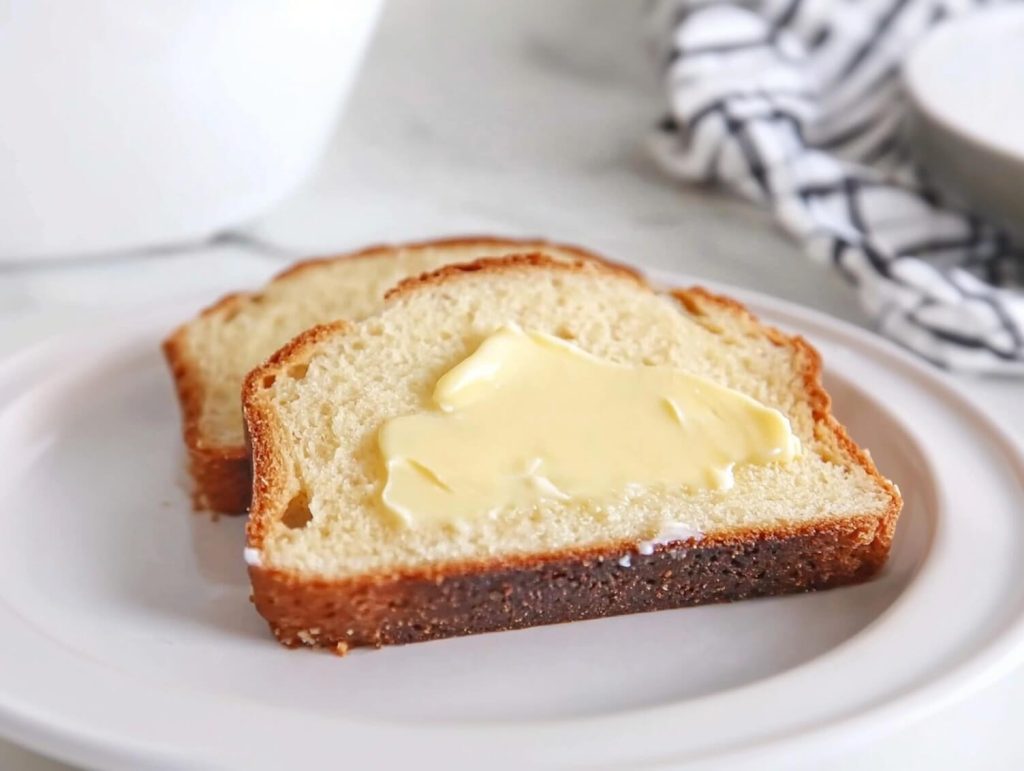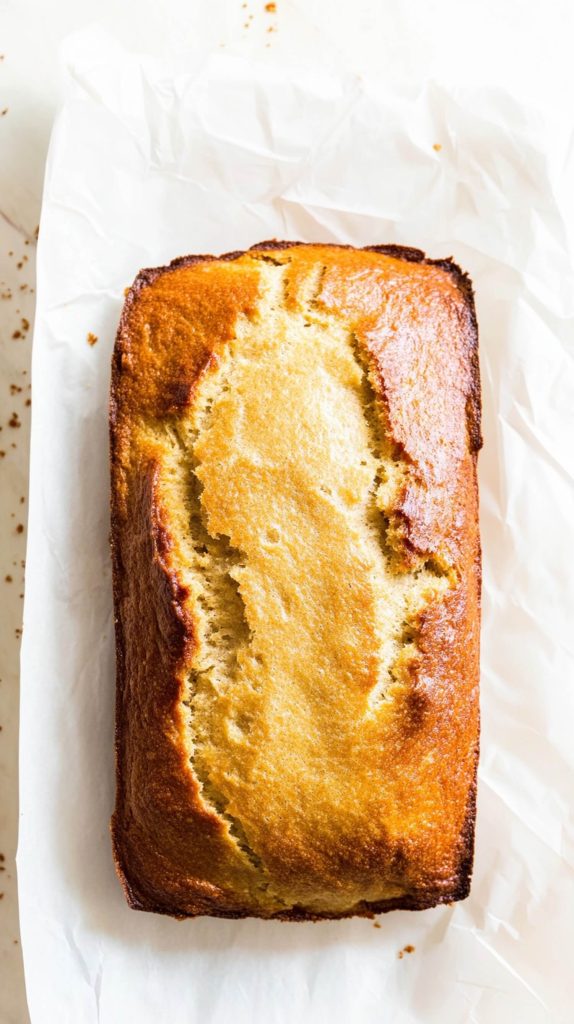Almond flour bread is a fantastic option for those following gluten-free, low-carb, or paleo diets.

It’s a great alternative to traditional wheat-based bread, offering a dense yet tender texture.
This recipe is simple, using just a handful of wholesome ingredients that result in a soft loaf with a rich nutty flavor.
Whether you’re using it for sandwiches or toasting it for breakfast, almond flour bread is a versatile and nutritious addition to any meal.
Instructions
1. Preheat the Oven
Preheat your oven to 350°F (175°C). Line a 9 x 5-inch loaf pan with parchment paper, leaving some overhang on the sides to make removing the bread easier. Lightly grease the parchment paper with cooking spray or olive oil. Using parchment paper ensures the bread doesn’t stick and makes lifting the loaf out of the pan much easier. Skipping this step can lead to difficulties in removing the bread, especially since almond flour has a more delicate crumb than regular flour.
2. Prepare the Dry Ingredients
In a large mixing bowl, whisk together the almond flour, baking soda, and salt. Make sure everything is evenly combined. Almond flour can sometimes be clumpy. Use a whisk or sift the flour to break up any lumps, ensuring the batter mixes smoothly and bakes evenly. A fine texture helps the bread rise properly and prevents dense pockets.
3. Mix the Wet Ingredients
In a separate bowl, whisk together the eggs, honey, olive oil, and apple cider vinegar until well-combined. The eggs are key to giving this bread structure, so make sure they’re thoroughly mixed with the other wet ingredients. If you prefer a lower-carb option, you can substitute the honey with a sugar-free sweetener like monk fruit or erythritol.
4. Combine the Wet and Dry Ingredients
Slowly pour the wet ingredients into the bowl with the dry ingredients. Use a spatula or wooden spoon to gently fold the mixture together. The batter will be thick, so mix until no dry patches remain. Avoid overmixing, as this can lead to a denser loaf. Gently folding ensures the ingredients incorporate without collapsing the air from the eggs, which helps the bread stay light.
5. Transfer to the Loaf Pan
Transfer the batter to your prepared loaf pan, smoothing the top with a spatula to ensure even baking. If you want to give the bread a bit of texture, sprinkle some additional sliced almonds or seeds on top of the batter before baking.
6. Bake the Bread
Place the loaf pan on the middle rack of your preheated oven. Bake for 30-35 minutes, or until the top is golden brown and a toothpick inserted into the center comes out clean. Ovens can vary, so check the bread around the 30-minute mark. If the top starts to brown too quickly but the inside isn’t fully baked, tent a piece of foil over the top to prevent it from burning.

7. Cool the Bread
Once baked, carefully remove the loaf from the oven. Allow the bread to cool in the pan for about 10 minutes. Then, using the overhanging parchment paper, lift the bread out and transfer it to a wire rack to cool completely—about 20 minutes. Almond flour bread is more delicate than regular bread, so letting it cool fully is crucial to prevent crumbling when slicing. If you try to cut the loaf while it’s still warm, it may fall apart.
8. Slice and Serve
Once cooled, use a serrated knife to slice the bread into even pieces. Serve it as a sandwich base, toast, or alongside your favorite toppings. For easier slicing, use a bread knife and cut gently. Almond flour bread can be crumbly, and using a serrated knife ensures clean slices.
FAQs
1. Can I substitute almond flour with another flour?
No, almond flour has a unique texture and fat content that is key to this recipe. Substituting with another flour may affect the structure and consistency.
2. How do I prevent the bread from becoming too crumbly?
Let the bread cool completely before slicing. Almond flour baked goods tend to be delicate straight out of the oven, and cooling helps them firm up.
3. Can I make this bread keto-friendly?
Yes! Simply replace the honey with a keto-friendly sweetener, such as monk fruit or stevia, to reduce the carb count.
4. How do I store almond flour bread?
Wrap the cooled loaf in parchment paper and store it at room temperature for up to 3 days. Alternatively, refrigerate it for up to 7 days.
5. Can I freeze this almond flour bread?
Yes, you can freeze the loaf whole or in slices. Wrap it in parchment paper, place it in a freezer-safe container or bag, and freeze for up to 3 months. Thaw at room temperature before serving.

